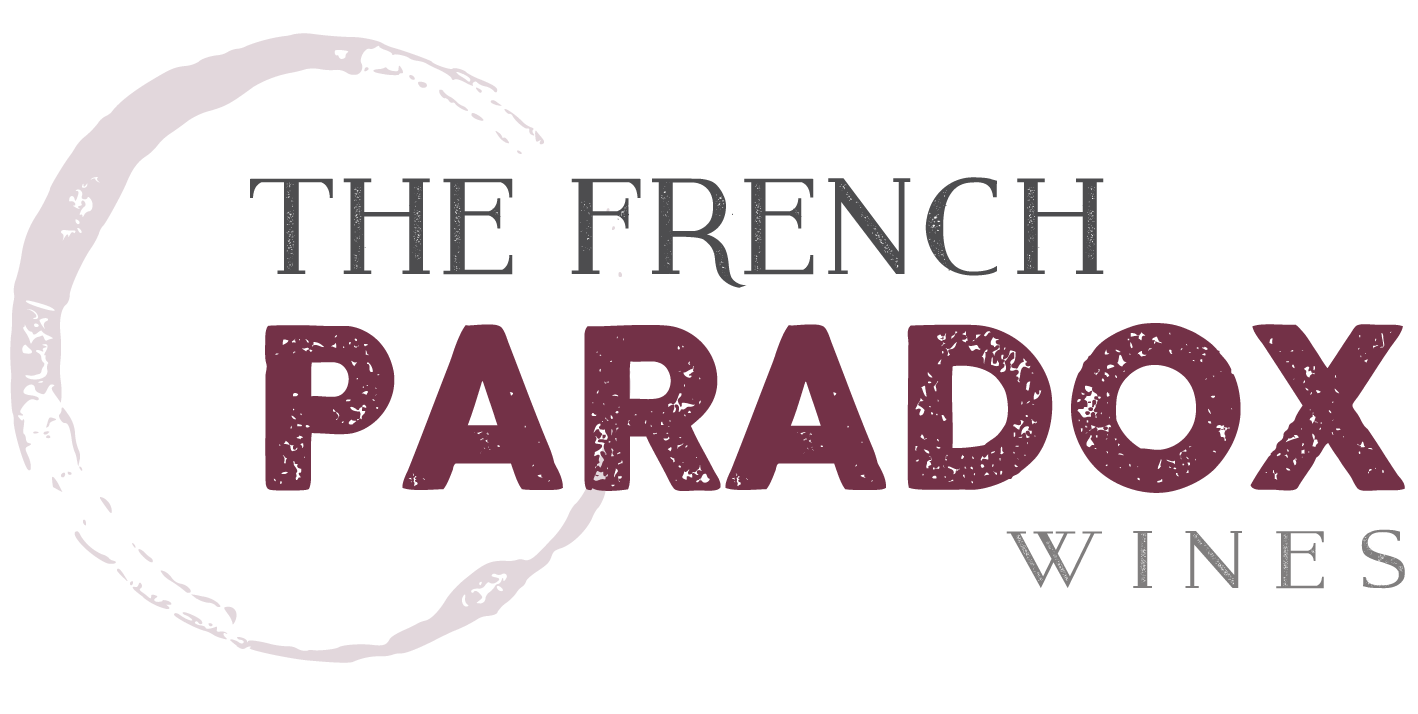Wine is simple. So simple, in fact, that a great many people withonly very rudimentary wine knowledge can pass themselves off as experts and get jobs talking about wine on the radio or writing about wine for newspapers, magazines, or even their own publications!
But, in order to maintain their facade as experts, these poseurs work hard to make wine seem complicated. If wine is simple (which it is) then there would be no reason to read their articles or subscribe to their magazines or listen to their radio programs or podcasts. Making wine appear to be complicated or better yet, mysterious, enables them to continue to collect a paycheck.
Of the many ways wine is made to appear complicated, insisting that the ‘vintage’ of the wine is important is among the most insidious. A vintage wine, simply, is one made from grapes that were all grown and harvested in a single specified year. But, often, when these frauds talk about vintage, they are attempting to draw conclusions about the quality of a great many wines from a specific geographic area in a given year. They’ll announce, as an example, that 2010 is the ‘vintage of the century’ in Bordeaux, ar that 2006 was a mediocre vintage in California. In essence, they are attempting to advise you as to whether the quality of the grapes, and the subsequent wine, are better or worse than in a differing year.
There are a number of reasons why this is a foolish proposition. The most important is that the critic really doesn’t have the knowledge or experience to judge how the vintage stands up. Problem two is that vintages are only ‘good’ or ‘bad’ relative to other vintages, but which vintage is the standard that other vintages are or should be compared to? The critics don’t know. Problem number three is that the vintage judges ‘overshoot’. By that I mean that they make a sweeping generalization about a large geographic area. But if said geographic area has any kind of topographical diversity, than all things are not equal. Not only could the weather be different from a hill as compared to a valley, but the effects of the weather will be different depending on the elevation, grade and soil type of the hill as compared to the valley. Likewise, a vineyard or plot that gets eastern (morning) sunshine, will be affected differently than a vineyard that gets western (afternoon) sunshine,especially if it, say, rains during one time period rather another. Higher elevation vineyards might be above the cloudline, so while the lower vineyards might get rained upon, the higher vineyards remain dry.
While its true to say that the weather affects the quality of the grapes (and thus the ‘vintage’), it’s not quite that simple. It’s not the Heat, It’s the Humidity. And the Rain. And the Clouds. And the Fruit Flies. And a myriad of other connected and independent factors. Frankly, the vintage ‘judge’ doesn’t spend enough time in the vineyard to accurately make determinations as to how all these factors affect the quality of the grape. So they make shit up.
An equally (or even more) important factor is that, arguably, ‘bad’ vintages just really don’t occur anymore. Sure, there are rare times that disasters occur in vineyards (flooding, fires, pest infestation, etc.) but the 5000 year history and accrued knowledge of grape growing, science and the modern trend of planting grapes in temperate climates makes the challenges of grape growing less onerous. And in challenging conditions, quality producers often make less wine, rather than poorer wine. The wine produced often isn’t lacking, there is just less of it.
Then there is the question, who cares? Many wines are, in essence, factory made. Grapes are harvested from a large and varied geographic area and are blended, mechanically extracted, sweetened and/or acidified to create a product that is the same year after year. The goal of these producers is to make a wine that is ‘vintage proof’ and they have succeeded. The vintage year is of no consequence.
What about needing the vintage date to know how long to age a wine? Sorry. Most wines don’t need and don’t benefit from aging. Some 90% of all wines are released with the expectation that they will be consumed within a year of purchase. But if you want to age a wine, then having the date that the wine was made on the bottle is less important than knowing when you purchased and began storing the wine.
Vintage is important if you’re into the wonderful (but certainly not mysterious) variations inherent in wine. The weather conditions from one year to the next might change the texture, weight and even the flavor of the wine. Of course other factors might be in play as well (what were the harvest dates? Was picking based upon pH or brix?). Remembering the vintage might help you decide if you want the more elegant or more robust edition of the wine. Vintage is also important if you’re collecting wines to resell at some time in the future. The future purchaser of your cellar might care what critics think so the purchase price might rise or fail based upon their opinion (and opinion is not the same as knowledge, especially when discussing wine critics).
To sum up, I’m going to state unequivocally that vintage is perhaps important sometimes, depending solely upon whether it’s important to you. Any other questions?
